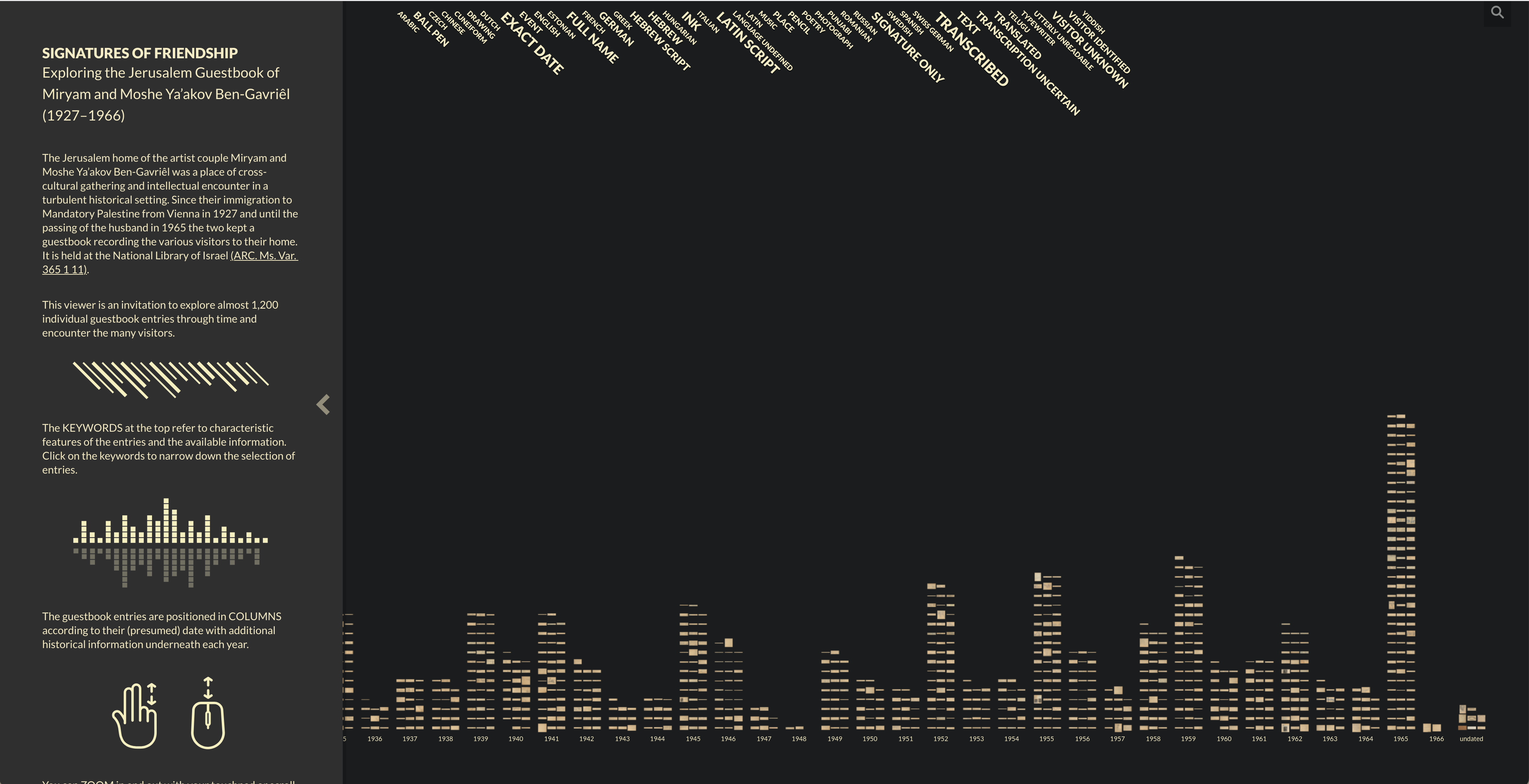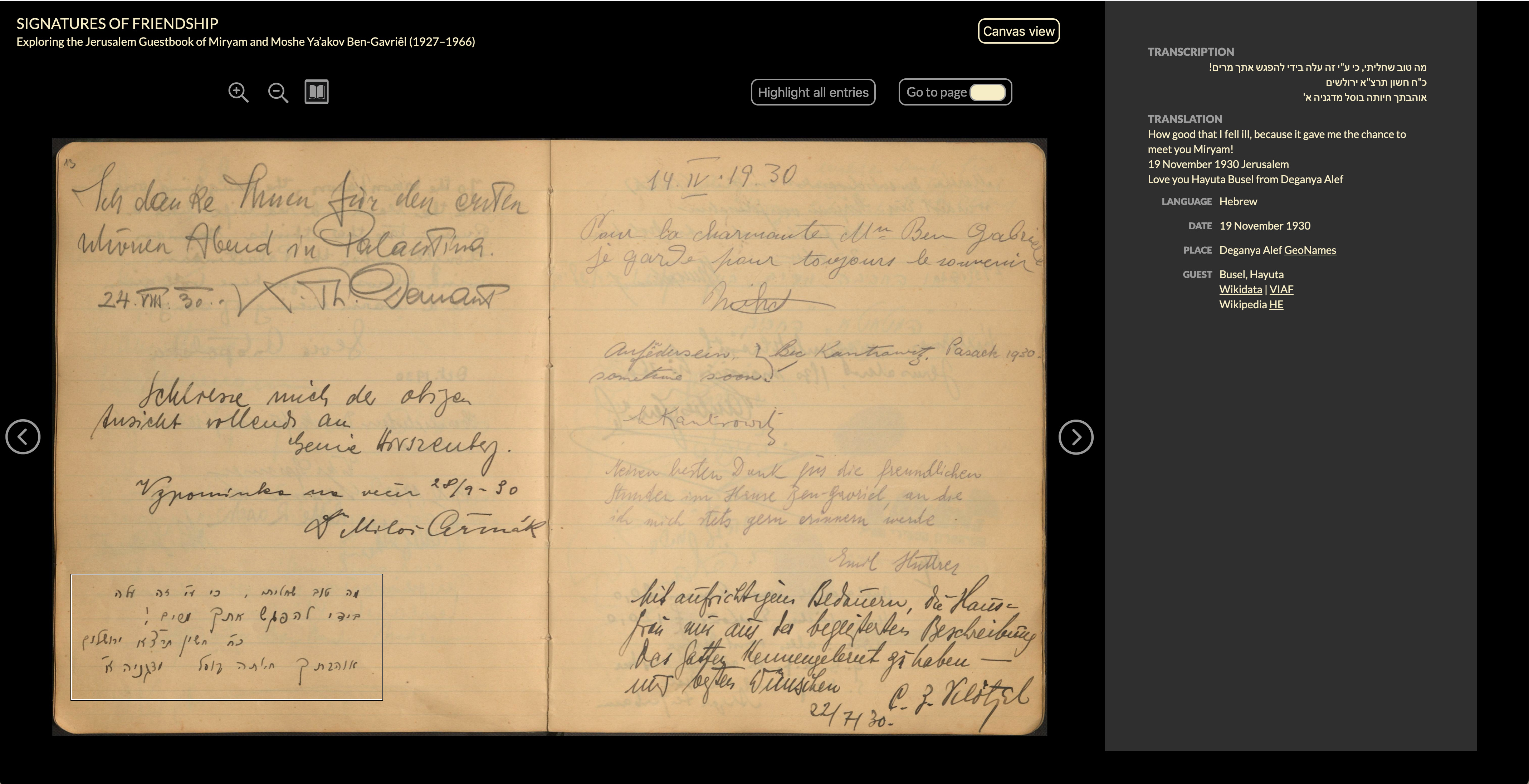



Miryam and Moshe Ya’akov Ben-Gavriêl
(1927–1966)

men have legs and are each other’s guests.”
George Steiner: A Kind of Survivor (1965)
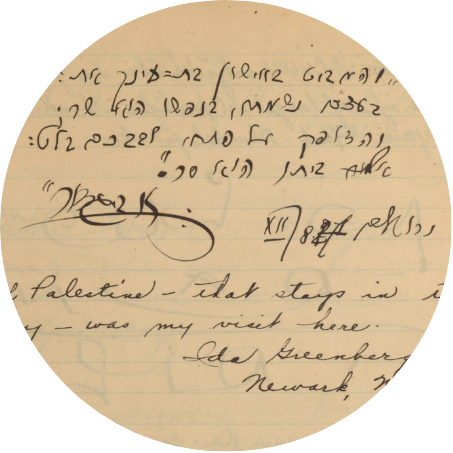 1189
1189Entries
 24
24languages
 95%
95%Transcribed
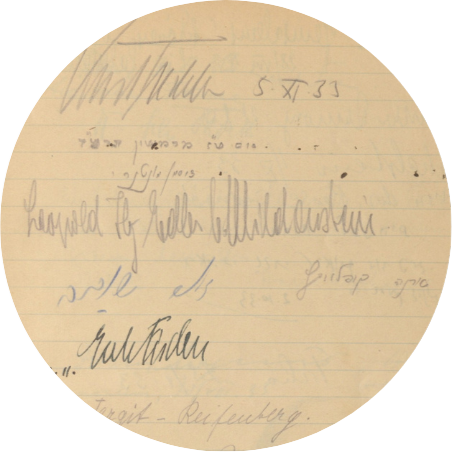 663
663Individuals
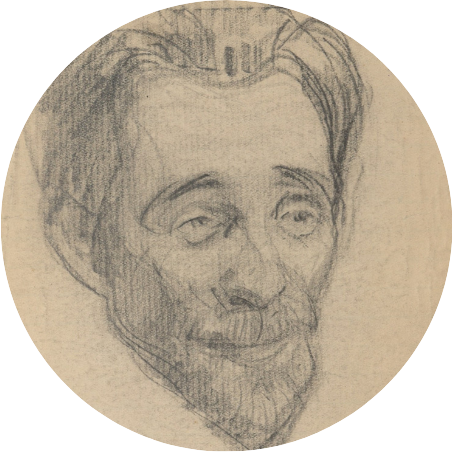 218
218identified
About the Guestbook
The Jerusalem home of the artist couple Miryam Ben-Gavriêl (born Martha Schnabel, 1893–1980) and Moshe Ya’akov Ben-Gavriêl (born Eugen Hoeflich, 1891–1965) was a place of cross-cultural gathering and intellectual encounter. From the time they emigrated from Vienna to Mandatory Palestine in 1927 and until the husband’s death in 1965 the two dedicated hosts kept a guestbook which recorded the various visitors to their houses in the Musrara quarter (1927–1933) and in 9 Shim’on ben Shatah St. (1933–1965). Today, it is held in the Moshe Ya’akov Ben-Gavriêl Archive at the National Library of Israel, call no. ARC. Ms. Var. 365 1 11.
Nearly 1,200 individual entries in German, Hebrew, English, French, Arabic and more than a dozen other languages provide a fascinating glimpse into the personal and professional networks of the Ben-Gavriêls. Famous contemporaries who left written traces of their visits include Samuel Josef Agnon, Hugo Bergmann, Max Brod, Albert Ehrenstein, David Frankfurter, Louis Fürnberg, Tim Nahum Gidal, Nahum Goldmann, Avigdor Hameiri, Mascha Kaléko, Josef Klausner, Oskar Kokoschka, Theodor Lessing, Leopold von Mildenstein, Arthur Schnabel, Alice Schwarz, Miriam Singer, Khushwant Singh, Shaul Tchernichovsky, Gabriele Tergit, Friedrich Torberg, Harry Torczyner, Heinz Ullstein, Menahem Ussishkin, Armin T. Wegner, Felix Weltsch, and Arnold Zweig.
Two vagabonds in an enchanted stone construction set pretend to be adults. Special characteristics: Hospitality.Mascha Kaléko, 23 April 1935.
Signatures, greetings, dedications, poems and drawings offer a window into a variety of contexts, including German-Jewish immigration, German exile literature, Hebrew literature, Zionism, British Mandate Jerusalem, German-Israeli post-war relations and more. Uncovering some of the amazing stories behind the visits and the visitors may serve as an inspiration and encouragement for further research. Above all, the guestbook is a testament to the ideal of hospitality, tolerance and lasting friendship put into practice in a rather turbulent historical setting at the crossroads of East and West.
Research Context
The digital edition of the Ben-Gavriêls’ Jerusalem guestbook is part of the research project ‘A Fresh Look. Visualising Digitised German-Jewish Archives’ at the Centre for the Study of Manuscript Cultures at Universität Hamburg. It is based on material from the digitisation of 24 personal archives and collections of 19th and 20th century German-Jewish intellectuals, which was carried out in 2021-2022 in cooperation with the National Library of Israel. It also draws on the results of the accompanying research project ‘Wandering Artefacts. The Materialistic History of German-Jewish Archives’.
The main objective of the project is to investigate human information seeking strategies in archival contexts that go beyond targeted, systematic searching, namely open-ended, curiosity-driven browsing based on the available visual information. In the digital context, appropriate and user-friendly visualisation solutions can enable and facilitate an exploratory approach and thus increase the probability of serendipitous discoveries by the metaphorical “information flaneur” (Doerk et al. 2011).
As an exemplary use case, the digital edition of the guestbook combines two open-source viewers, each offering a different visual experience, different interaction options and thus a different perspective on the same material. The canvas view is powered by VIKUS Viewer, the full-page view uses OpenSeadragon. The initial segmentation of the entries was done using Recogito.
The transcription and translation of the entries as well as the (partial) identification of the visitors, was achieved with the generous help of colleagues with the necessary linguistic skills and contextual knowledge. Their invaluable contribution is acknowledged in the metadata of the entries. Wherever possible, the names of the visitors have been linked to the relevant authority files (VIAF, GND, Wikidata) and other sources of information.
Download full dataset from ZFDM Repository at Universität Hamburg
Names
Click on a letter to view the corresponding names which have been identified in the guest book. Each name links to the first entry in the full-page view of the guestbook.
Statistics
Visitors by weekdays*
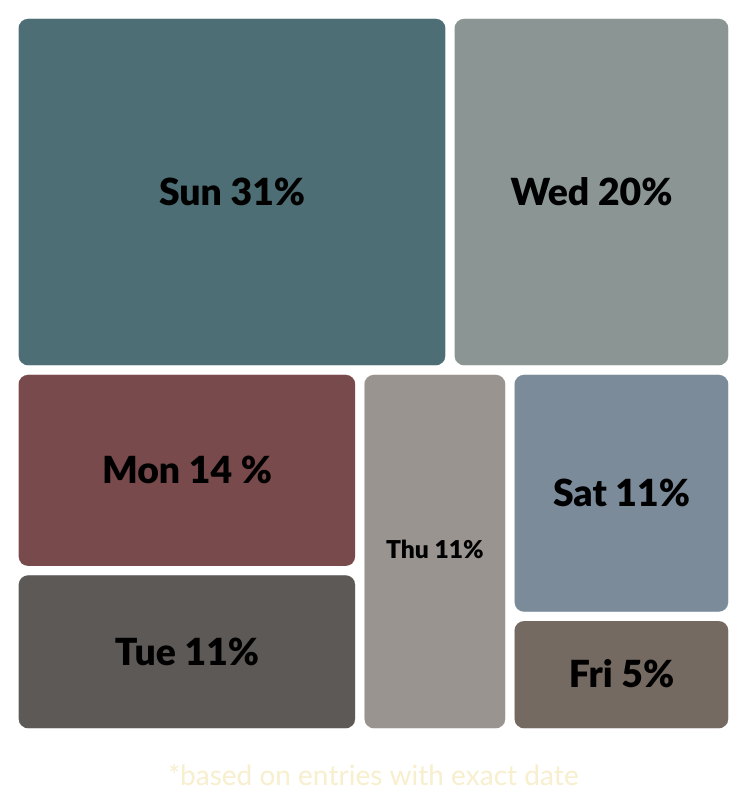
Visitors by gender (m/f)*

Visitors with academic title
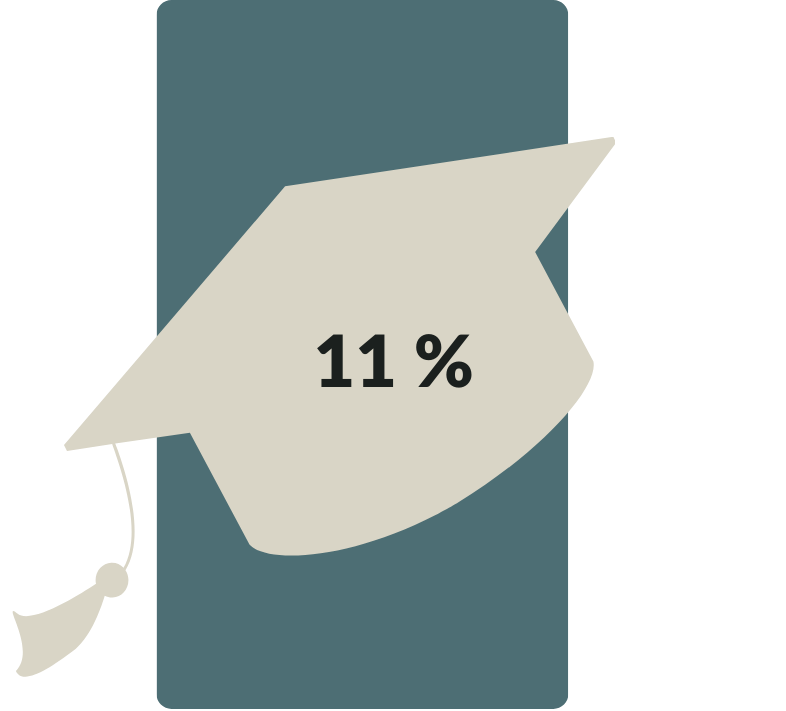
Entries by content type
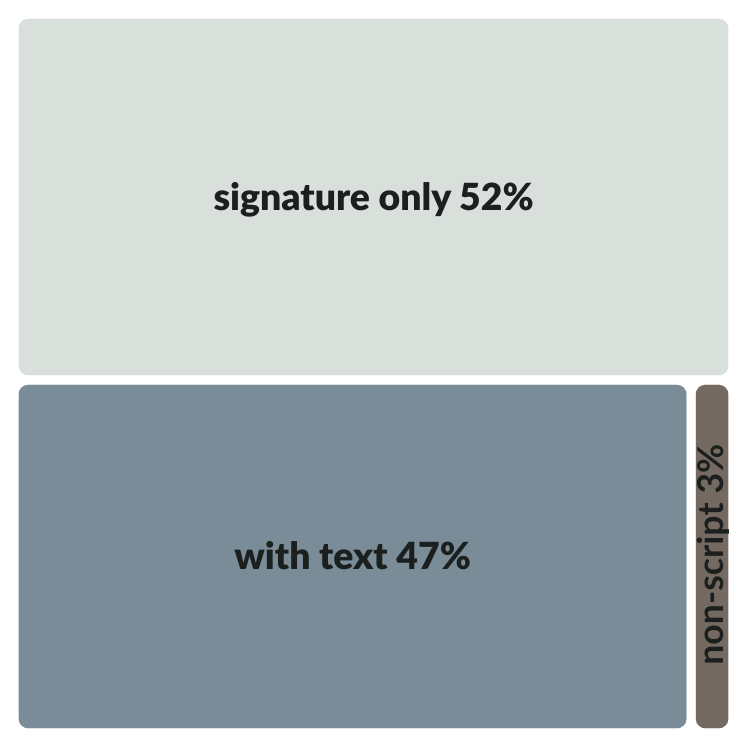
Use of writing implements
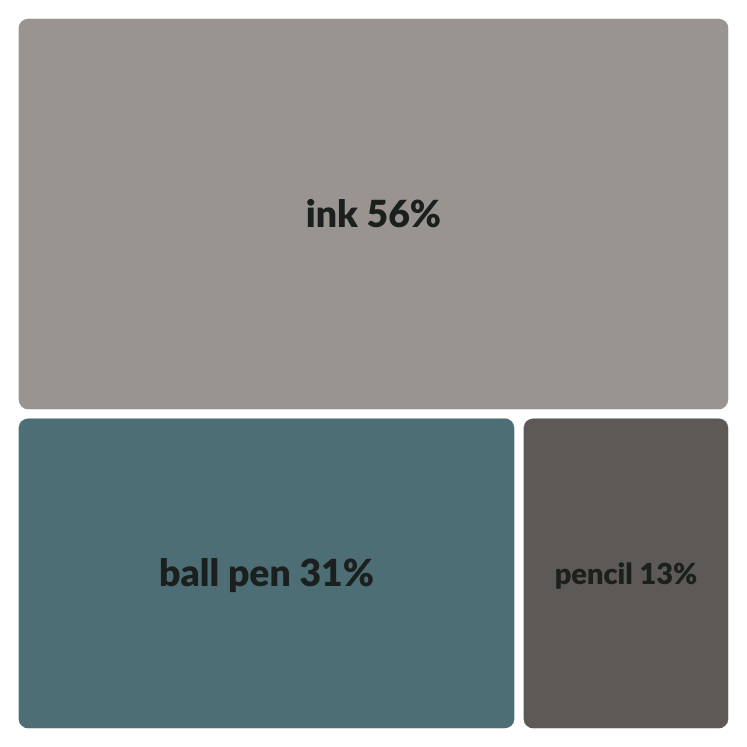
Use of writing implements over time
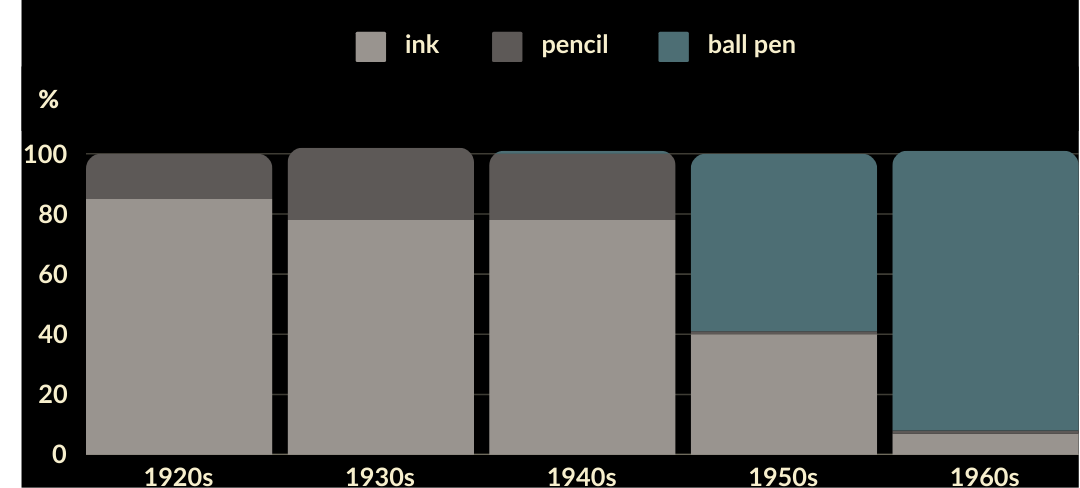
Frequency of alphabets
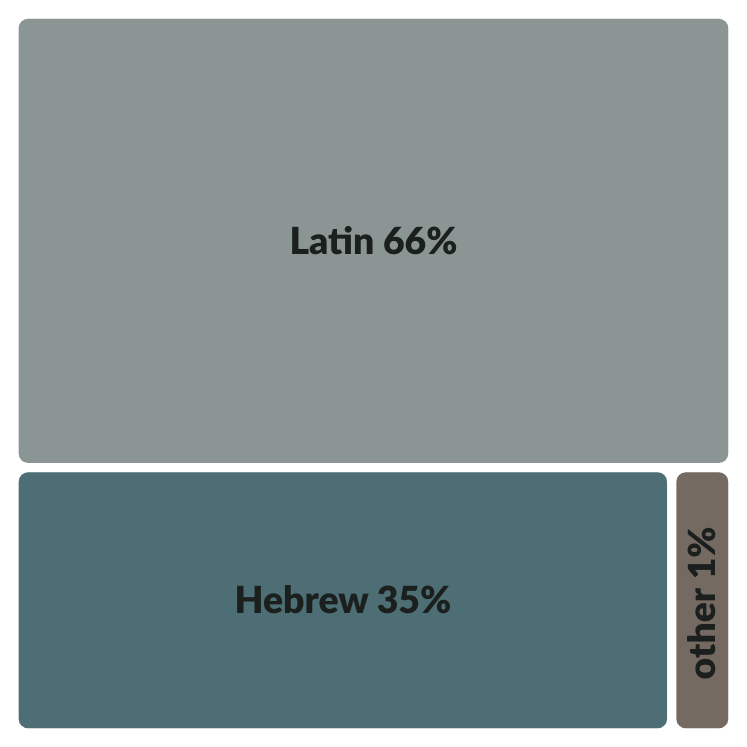
The statistics presented here are based on the enriched metadata of all the entries in the guestbook. Like any form of man-made data collection, it is prone to error, somewhat arbitrary and should therefore be treated with caution. It is based on specific research interests and a limited time frame. However, it illustrates the potential of quantitative analysis to raise new and unexpected questions.
I'll come again.Erich Brill, 24 January 1932
Funding acknowledgment
The digitisation and visualisation of the guestbook was funded by Deutsche Forschungsgemeinschaft (DFG / German Research Foundation) under Germany's Excellence Strategy – EXC 2176 “Understanding Written Artefacts: Material, Interaction and Transmission in Manuscript Cultures”, project no. 390893796. The research is conducted within the scope of the Centre for the Study of Manuscript Cultures (CSMC) in cooperation with the Hub of Computing and Data Science at Universität Hamburg.
I wish all those coming home to this country fulfilment of the ideal.Oskar Kokoschka, 21 April 1929
And thou shalt see the good of Jerusalem all the days of thy life.Shmuel Josef Agnon, April 1929
Legal notice
The guestbook and its entries are presented here for scholarly and educational, non-commercial use based on the fair use principle. If you wish to use the material for any other purpose it is your responsibility to obtain permission from the copyright holders. If you have a legitimate claim in terms of copyright or privacy, please contact us.

News & Updates
23 January 2025
Launch of website with 1004 transcriptions, 567 full names, 156 identifications
5 May 2025
Addition of new annotations with 1116 transcriptions, 652 full names, 195 identifications
Full dataset available at UHH research data repository
28 May 2025
List of names of all identified guests, with links to entries in the full page guestbook viewer
28 August 2025
Addition of new annotations with 1132 transcriptions, 663 full names, 208 identifications
Links between related entries from repeat visitors
